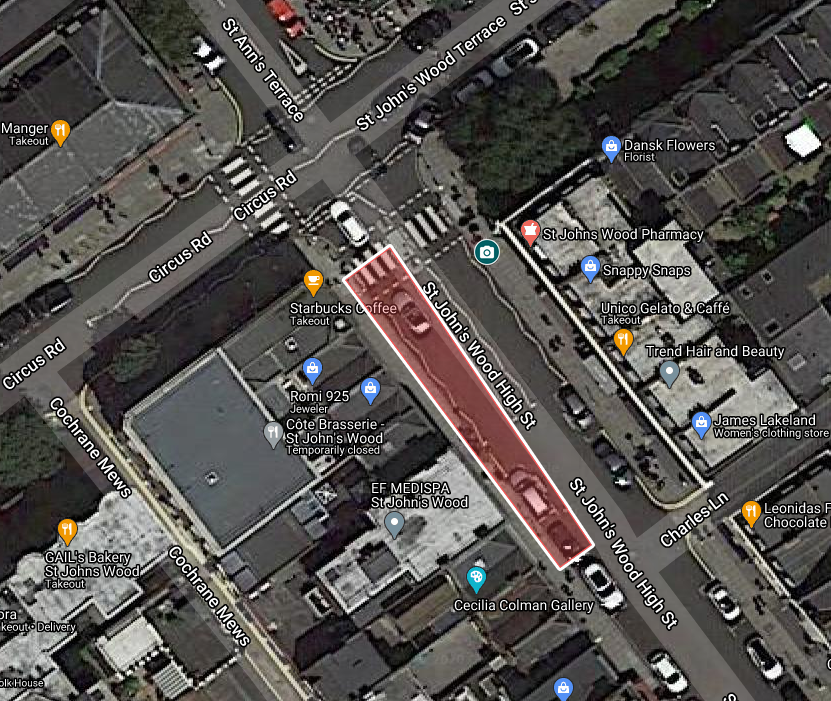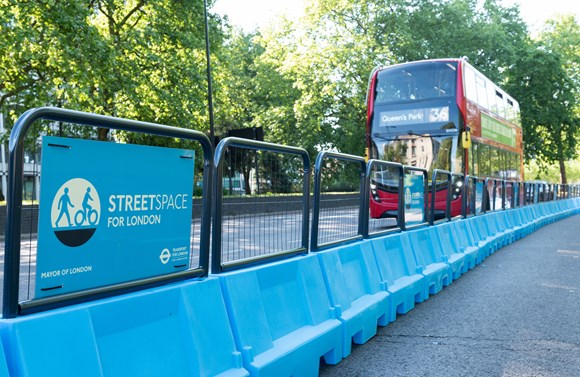
Understanding the impact of changing street layouts on modal shift behavior to improve active transportation.
Challenge
We are seeing more and more temporary street layouts popping up in and around cities across the UK. London alone has 50+ pavement widening schemes in addition to cycle lanes, street closures and reduced speed zones. With the help of local boroughs, TfL is implementing interventions to encourage active transportation and reduce reliance on public transportation under their Streetspace initiative.
Local authorities are keen to capture the impact of these initiatives on modal shift behavior in order to build safe and attractive spaces to commute and travel while improving air quality. Viva is working alongside organisations, including TfL, with anonymous real-time active transportation data insight to support developing baseline measures for new road and path layouts and analysing their effectiveness.
Solution & Benefits
With Viva sensors installed in the area, Westminster City Council has used this data to study the impact of measures to discourage vehicle congestion by increasing footpath space to improve social distancing.
Following the introduction of an intervention in St John’s Wood in early July, with extra space accommodating more people walking at a distance, data showed that all motorised vehicle volumes dropped to 70% below normal levels and pedestrian rates steadily increased to above 145% compared to June conditions. Despite the preference for taking personal vehicles during this time, data has supported the positive impact of the intervention in prioritising active transportation and reducing traffic.
More detailed analysis of this project can be found below.
Please contact us to discuss your active transportation or transport data requirements.

Image 1: Streetspace intervention on St John’s Wood High Street
Westminster closed the left-hand lane on the high street for pedestrians (sometime in early July). As this intervention was put in place, we can see that it has amplified the pedestrian volumes as the extra space has accommodated more people walking at a distance. The intervention was introduced in early July (based on our data), after which all motorised vehicle volumes drop to 70% below normal levels. Whereas pedestrians steadily soar above 145% compared to June conditions.
As a result, vehicle volumes reduced significantly on St Johns Wood High Street and affected vehicle volumes travelling across to St Ann's Terrace as they’re limited to cross the junction seen in the below graph.
Furthermore, the walking volumes on the non-extended side (highlighted in blue on the second graph) have also increased showing the positive impact reducing vehicles in an environment can have when looking to prioritise active transportation.
There has been a consistent increase in pedestrians over the resulting period, despite the preference for taking personal vehicles in this time.
Interested in analysing your Viva data? Simply submit your details here and someone will get in touch.
Feature image source: designandbuilduk.net









